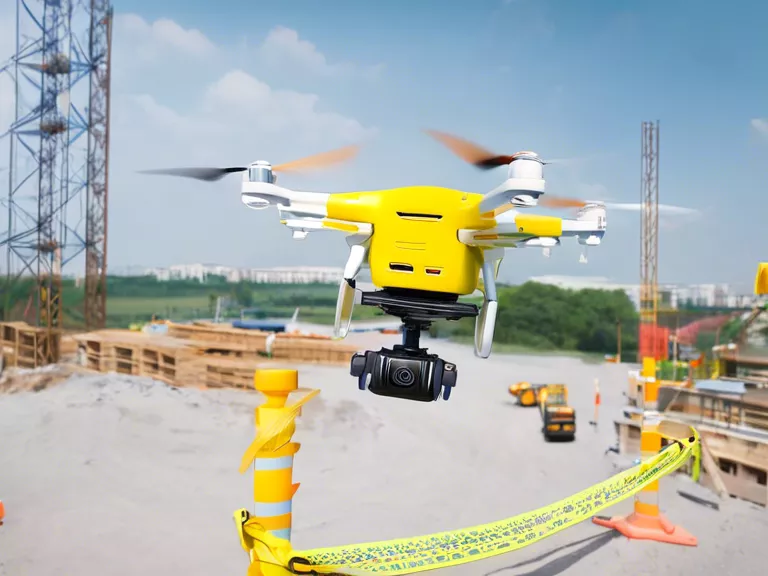
Robotics is revolutionizing the way we care for the elderly by providing innovative solutions to assist with daily tasks and promote independence. From robotic companions to exoskeletons that aid in walking, the future of elderly care is bright with technological advancements. In this article, we will explore how robotics is shaping the future of elderly care and assistance.
Robotic companions have started to make their way into the lives of elderly individuals, providing company and support. These robots are equipped with artificial intelligence to engage in conversations, play games, and even monitor vital signs. They can also remind seniors to take their medications or attend doctor's appointments, reducing the risk of forgetfulness.
In addition to companionship, robots are also being developed to assist with physical tasks. For example, exoskeletons can help elderly individuals with mobility issues to walk and move around more easily. These devices provide support to muscles and joints, reducing strain and making daily activities more manageable. By utilizing this technology, seniors can regain some of their independence and improve their quality of life.
Moreover, robotic devices are being utilized in healthcare settings to provide remote monitoring and support. Telemedicine robots can connect elderly individuals with healthcare professionals for virtual consultations and check-ins. This not only improves access to care but also ensures that seniors receive timely medical attention when needed.
As the elderly population continues to grow, the demand for innovative solutions in elderly care will only increase. Robotics offer a promising avenue to meet these needs by providing personalized and efficient assistance. By integrating technology into elderly care, we can create a future where seniors are empowered to live independently and with dignity.


